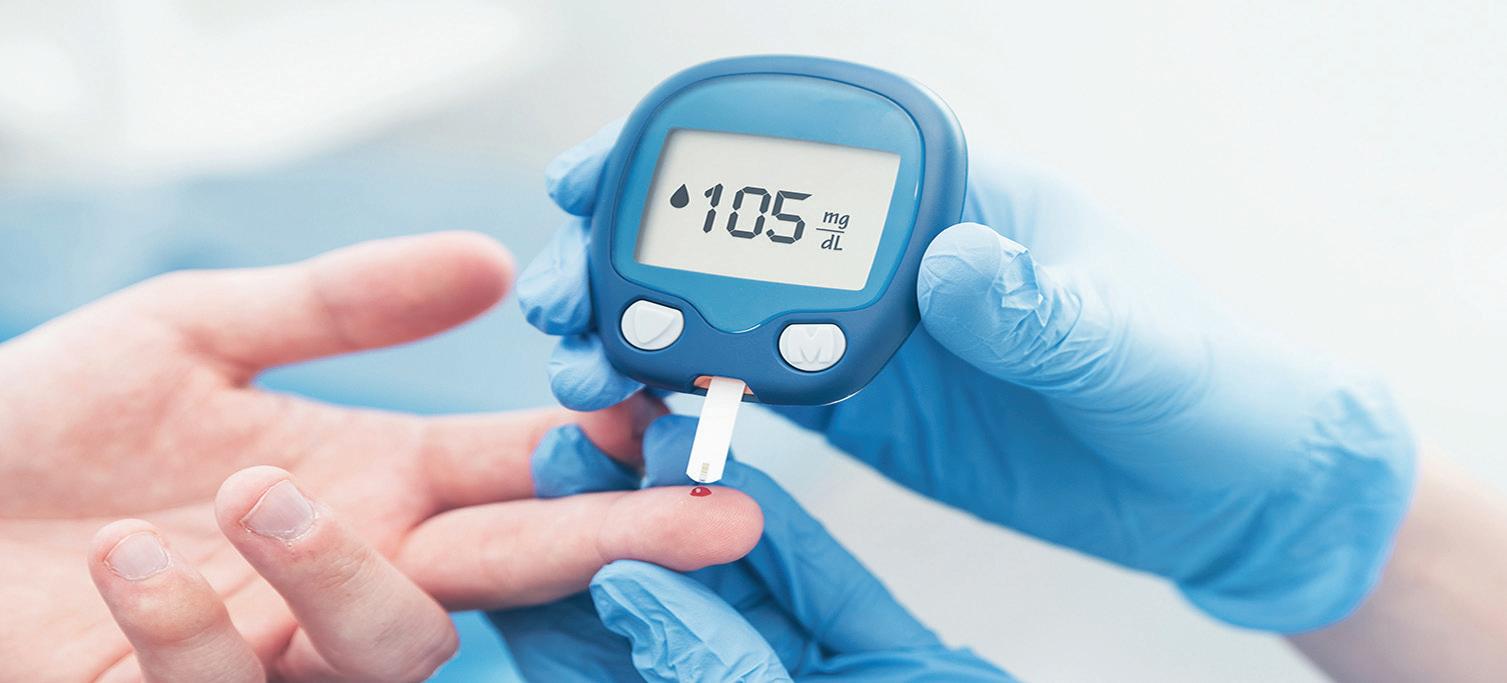
1 minute read
DIABETES IS DIABETES
There are different types of diabetes, but they’re basically just different versions of the same disease. Right?
Wrong.
About the only thing type 1 and type 2 diabetes share is their last name. They might as well be two completely different diseases.
True, they both involve abnormalities in blood sugar levels caued by insulin deficiencies. In type 2 diabetes, there may be plenty of insulin, but it’s getting less and less effective over time, a condition known as insulin resistance. Type 1, by contrast, is marked by the absence of insulin. The pancreas has stopped making it.
Type 1 is an autoimmune disease: for reasons that doctors don’t understand, cells in the immune system attack insulin-producing cells in the pancreas, shutting down insulin production. Other functions of the pancreas are often unaffacted, but insulin production is gone. As far as anyone in medicine knows at the moment, type 1 is irreversible and unpreventable. Because insulin is necessary to live, anyone diagnosed with type 1 will be insulin-dependent for the rest of their life. Granted, we’re all insulin-dependent, but for most of us our pancreas takes care of that need. Type 1s have to wear a pump 24/7 or manually inject insulin every day just to stay alive.
By contrast, type 2 is not only preventable; it’s reversible. Genetics can play a role, but quite often type 2 is the result of being overweight or obese, eating an unhealthy diet, and not getting exercise.
It might be said that both diseases are life-changing in huge ways. The difference is that if someone with type 2 diabetes, or well on their way to being type 2 (socalled pre-diabetes) makes the changes their doctor recommends, they stand a very good chance of reversing course, leaving the path leading to diabetes behind. And once they achieve that goal, the challenge is to maintain the healthy lifestyle.
For a type 1 diagnosis, the life change is just as monumental, if not greater. Being a much more serious and potentially lethal disease than type 2, type 1 requires a compliant and vigilant patient — at least if that patient wants to stay alive, and do so without amputations and other severe complications.
Speaking of compliance, every doctor’s most unfavorite diabetic patients are the ones who don’t test, or who rely on insulin as an antidote to bad habits, as in “I can still eat donuts; I just chase them with insulin.”
On the other hand, a conscientious patient can change die-abetes to live-abetes.









